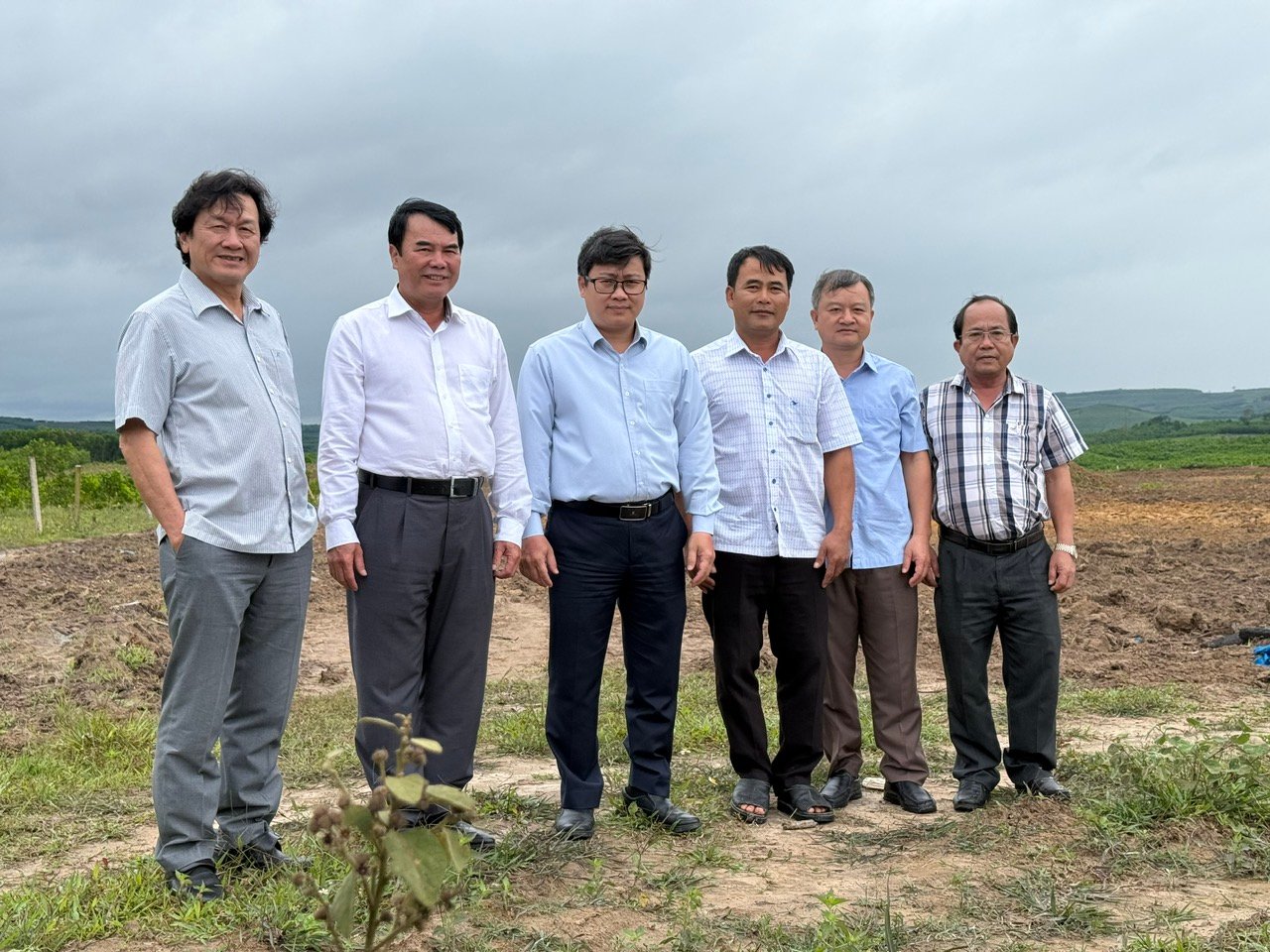 |
| The author (second from left) and leaders of the Department of Agriculture and Environment and the Chairman of the People's Committee of Son Hoa district conducted a field survey in Son Hoa district. Photo: Contributor |
Diverse potential in agriculture and tourism
Son Hoa district has a total cultivated area of nearly 28,000 hectares, convenient rural traffic, many large-capacity lakes; the agricultural ecosystem is sufficient for agricultural development, both crop and livestock farming. The most prominent of which is the Van Hoa plateau with an average altitude of 400m above sea level, where the climate is temperate and diverse in forest flora and fauna, and many orchards. This plateau also has diverse soil types and temperate climate, favorable for the development of many types of crops. In particular, the district can develop fruit trees such as oranges, grapefruits, lemons and vegetables, helping to meet the needs of domestic and foreign markets.
The district also has great potential for livestock farming with many types of livestock and poultry. The application of modern livestock farming technologies can improve productivity and product quality, thereby increasing income for local people.
The characteristics of low population density, very large average land area/household, are very favorable for comprehensive, sustainable and modern agricultural development: high-tech agricultural production, smart agriculture, organic agriculture, circular agriculture, green agriculture providing clean and safe products for consumers.
Son Hoa district, with its great potential in agriculture and tourism, has great opportunities for sustainable economic development. By applying effective solutions, the district not only improves people's lives but also contributes to protecting the environment and preserving indigenous cultural values. To achieve this, close coordination between the government, businesses and the community is needed in economic development, environmental protection and the implementation of sustainable goals. Only by harmoniously combining development factors can communes create a bright and sustainable future for future generations.
Son Hoa has over 53,839 hectares of land and forest, with many beautiful landscapes creating ideal locations for eco-tourism, picnics and resorts, not only attracting domestic tourists but also international visitors. Attractions such as the red tree garden in Son Xuan commune; Long Van destination, Son Dinh stopover and some other attractions such as Han waterfall, Da stream (Son Xuan), Da Nha abyss (Son Long), Khe stream (Son Dinh), Trang tree forest located along Hoa Binh stream running through Son Dinh commune... are attractive destinations for tourists.
During the resistance war against the US, Van Hoa plateau was chosen by Phu Yen Provincial Party Committee as a resistance base. By 2008, the relic site including Uncle Ho's Church and Spring Hall was ranked as a national historical relic. In addition to the above-mentioned resistance base relic site, Son Hoa also has many historical relics that have been ranked at the provincial level, such as the place where Lawyer Nguyen Huu Tho was detained, the second battle at Cung Son district to free Lawyer Nguyen Huu Tho, the Bac Ly collective martyrs' grave, the site of the battle at Nui Mot, the site of the battle at Da Ban, the temple of Cung Son town's ancestors, the temple of Nguyen Ca's ancestors, and Tra Ke resettlement camp. These relics have been included in the planning for protection and restoration to educate the younger generation about patriotic and revolutionary traditions and are tourist destinations.
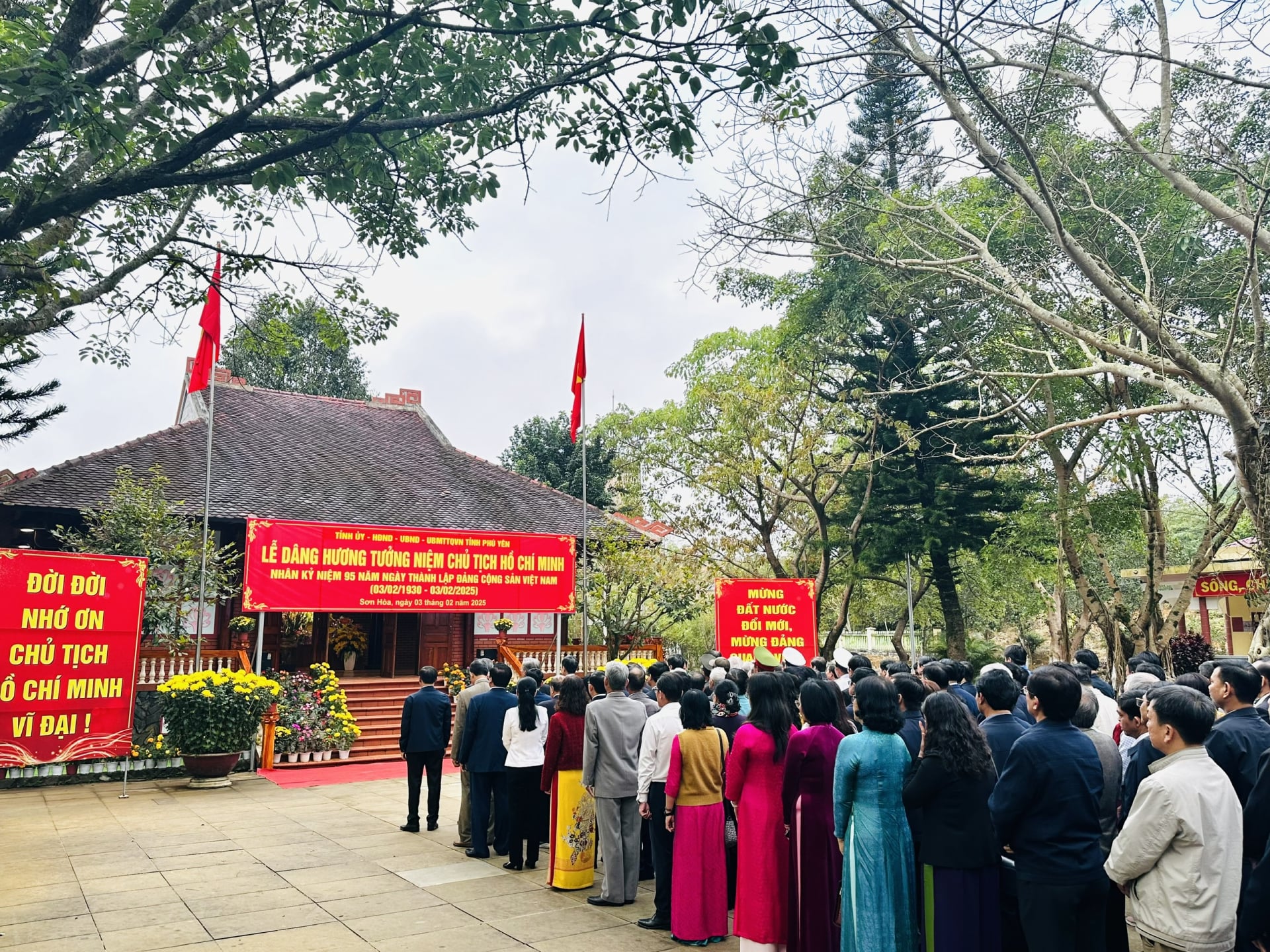 |
| Offering incense to commemorate President Ho Chi Minh at the Uncle Ho Temple relic (Son Dinh commune, Son Hoa district). Photo: TRAN QUOI |
Son Hoa has cultural diversity with strong marks of ethnic minorities. The whole district has 14 ethnic groups living together, of which ethnic minorities account for about 34% of the population; mainly the Ede, Cham, Ba Na, Tay, Gia Rai... Each ethnic group has its own cultural characteristics in terms of customs and practices, creating a rich and diverse cultural space. In terms of architectural art, there are long houses, stilt houses, and tombs. Traditional industries include brocade weaving, weaving, forging, and rice wine. The costumes and jewelry of ethnic minorities are quite rich in types and diverse in patterns, creating a unique feature for developing cultural tourism.
With many traditional customs and unique cultural festivals of the local people, Son Hoa has the potential to develop community tourism. The community tourism model can help improve the lives of local people. Organizing experiential tours to help tourists learn about the life, culture and customs of the community will create a sustainable source of income for the people.
In addition, on the basis of comprehensive agricultural development: high-tech agriculture, smart agriculture, organic agriculture, the locality can encourage organizations and individuals to exploit agricultural tourism, this is a comparative advantage of Son Hoa district.
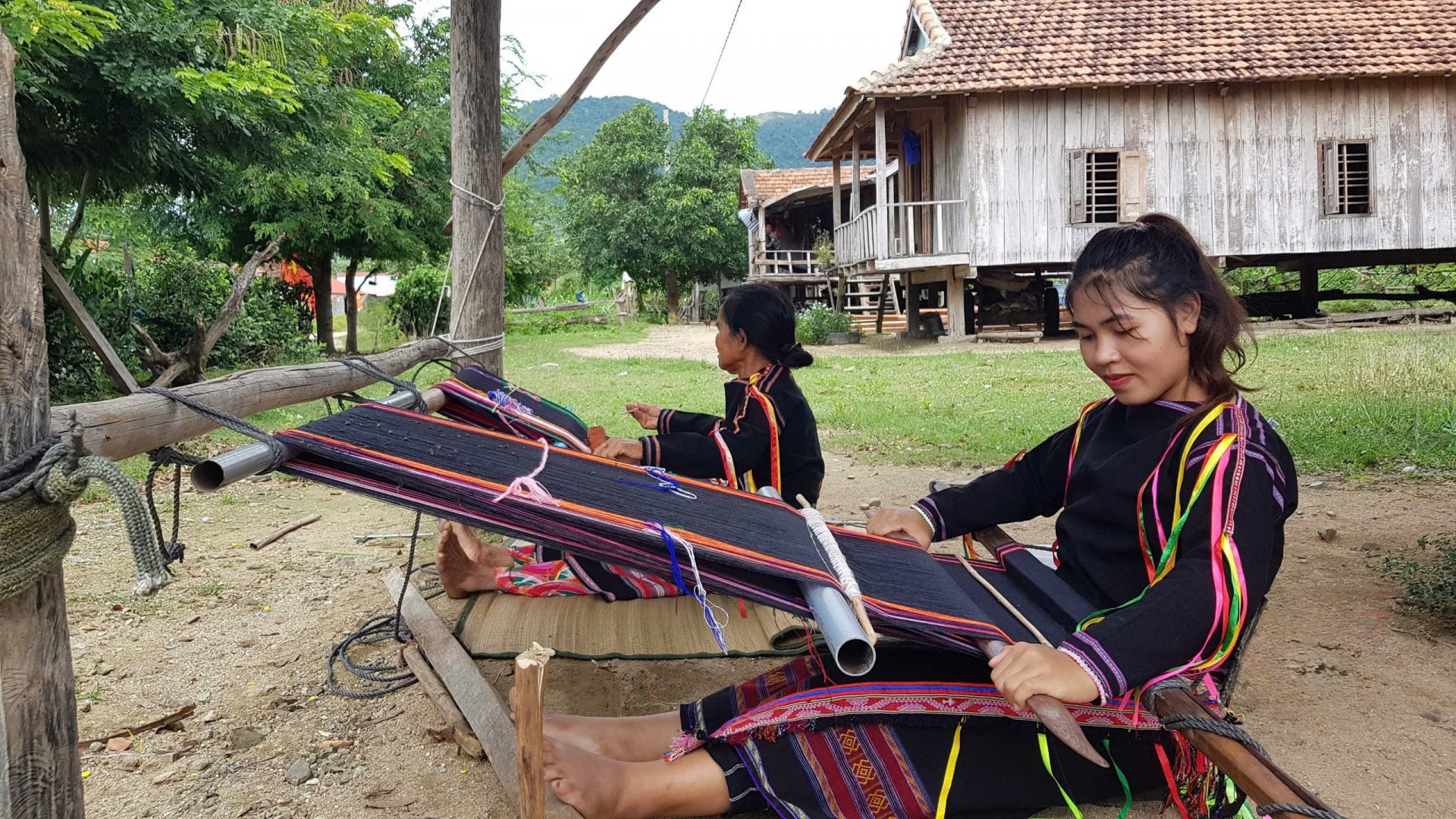 |
| People in Suoi Trai commune (Son Hoa district) make efforts to preserve and conserve the traditional brocade weaving craft to develop tourism. Photo: NGO XUAN |
Harmoniously combine elements for development
Despite possessing many potentials, in recent times, investment resources in the district have been limited. Investment mainly relies on the state budget, the number of participating enterprises is still small, while resources from the people face many difficulties and are not strong enough to promote development.
The agricultural sector has great potential for development, but it has not been effectively exploited. The total cultivated area is nearly 28,000 hectares, of which sugarcane is still the main crop, but the income per hectare is still low. Large-scale livestock farming has not yet developed, and the farm economic model has not yet been clearly formed. The district has not yet taken full advantage of its advantages to develop high-tech agriculture, smart agriculture, organic agriculture, circular agriculture and green agriculture.
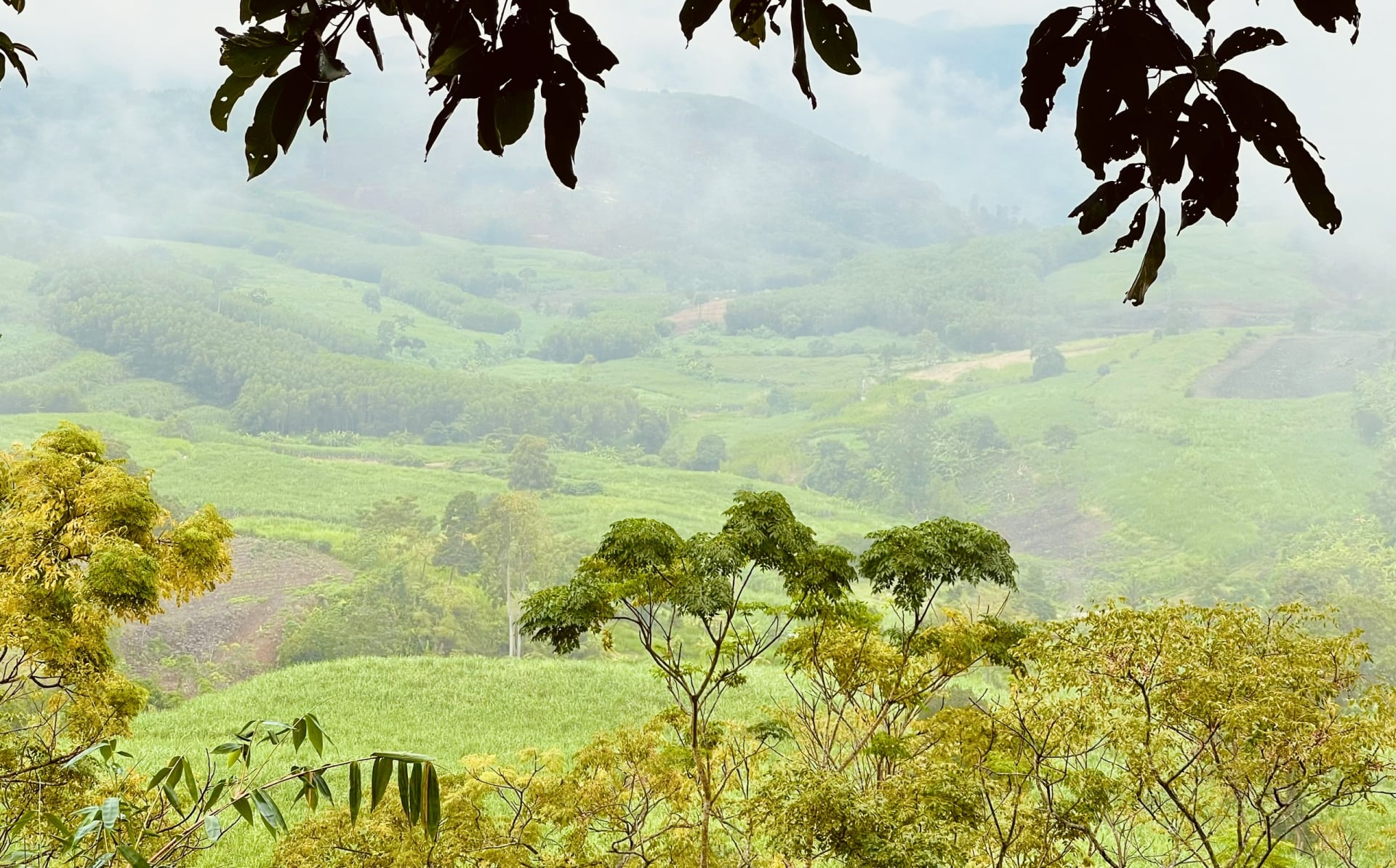 |
| Van Hoa Plateau is hazy in the morning mist! |
Regarding tourism, the district has great potential to develop diverse and attractive products. However, the actual exploitation is still modest compared to the available potential.
As analyzed above, Son Hoa has great potential for agricultural and tourism development. However, for sustainable development in the future, the locality needs to research and apply many reasonable solutions to protect the environment and improve the quality of life for the people, after the future merger of Dak Lak province.
Specifically, the district needs to promote comprehensive, sustainable and modern agricultural development, strongly develop the application of high technology and smart agriculture in agricultural production to help improve productivity, quality and economic efficiency. Technologies such as automatic irrigation, greenhouses, and biotechnology need to be widely disseminated in the community. There needs to be a clear plan for agricultural production areas, in a concentrated direction, ensuring efficiency and sustainability. In particular, it is necessary to ensure the reasonable allocation of crops suitable to the soil and climate conditions of each region. Continue to transform the structure of crops and livestock, gradually convert the area of acacia and low-yield sugarcane cultivation to grow specialty fruit trees, gradually switch to growing wild myrtle trees to both preserve biodiversity and process wine, creating unique local products.
Encourage organic agriculture and circular agriculture models in line with the trend of the times. Localities can organize training courses and seminars for farmers on the benefits of organic agriculture, circular agriculture and production methods. Organic products need to be certified and promoted strongly to increase value and have stable output. Strengthening cooperation and linking value chains, building cooperative models, linking farmers with businesses, scientists and management agencies will help increase the efficiency of production and consumption of agricultural products, thereby increasing income for people in the process of integration and climate change.
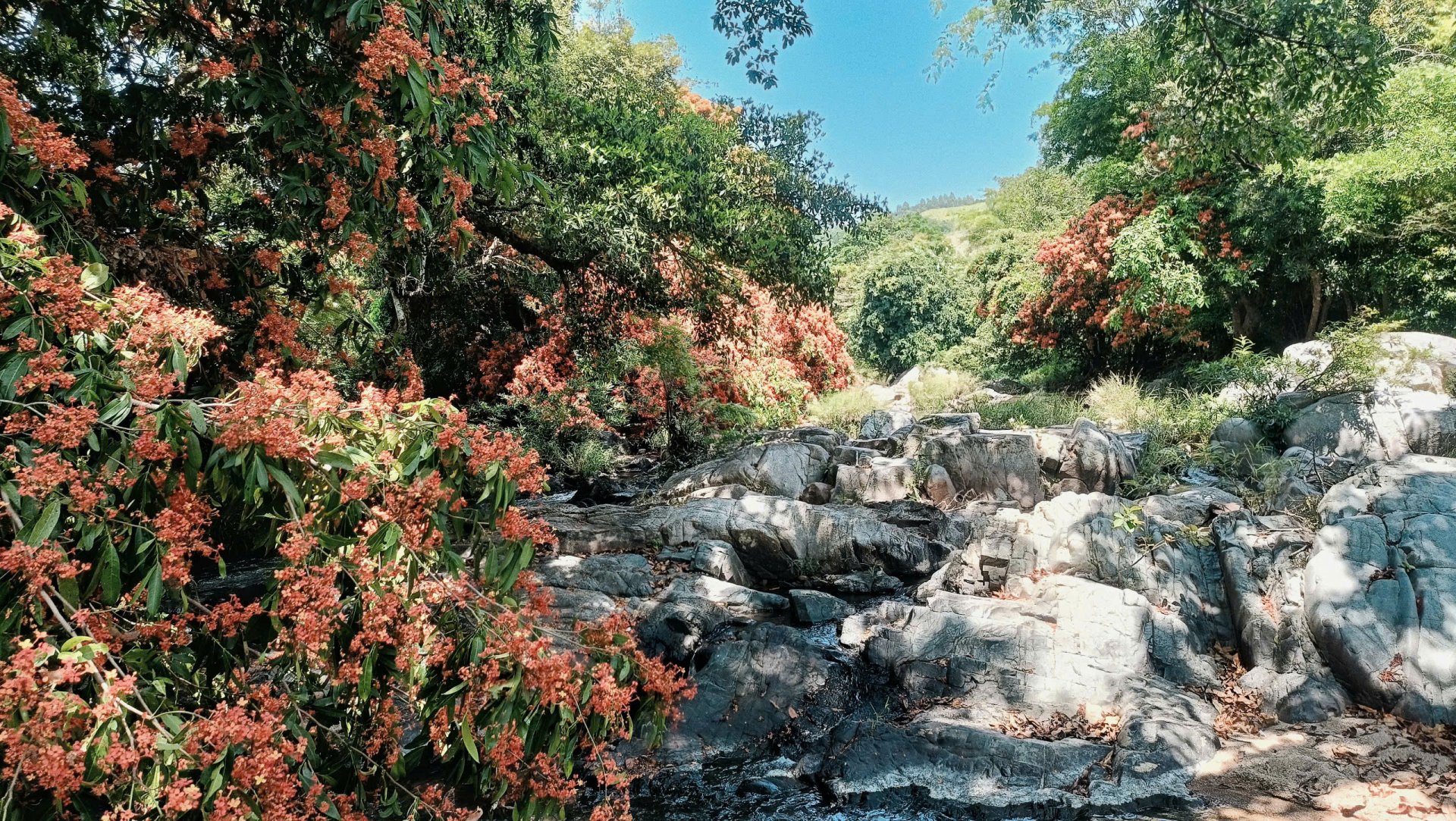 |
| Trang forest is located next to Hoa Binh stream. Photo: Contributor |
Localities also need to develop a long-term tourism development strategy, combined with cultural preservation and environmental protection. Policies to encourage investment in ecotourism and community-based tourism projects need to be completed and effectively implemented. Develop transport infrastructure, accommodation facilities and tourism services to attract tourists. In particular, it is necessary to upgrade routes to prominent tourist destinations to facilitate travel. Optimize the diversity of tourism products: ecotourism, cultural and historical tourism, agricultural tourism, etc. Organize cultural activities and festivals to introduce to tourists, thereby creating opportunities for local people to participate and increase their income through tourism services. At the same time, it is necessary to have measures to conserve nature, protect forests, maintain landscapes and preserve clean water sources to ensure that tourism development does not cause negative impacts.
For sustainable development, human resource training is extremely important. Localities need to develop vocational training programs for people, from agriculture to tourism, to ensure the quality of labor to serve development needs. The district also needs to encourage entrepreneurship to create conditions for startup ideas in the community. Financial support, consulting and guidance will help small and medium enterprises develop, contributing positively to the local economy.
Pursuant to Project 02/DA-UBND dated April 26, 2025 of the Provincial People's Committee, in the coming time, Son Hoa district needs to make a breakthrough in personnel work, selecting cadres with practical capacity and strategic thinking to orient sustainable socio-economic development of the locality. The district also needs close coordination between functional agencies in implementing future socio-economic development policies in a systematic and effective manner.
Son Hoa district has 14 commune-level administrative units. According to Project 02/DA-UBND dated April 26, 2025 of the Provincial People's Committee, Son Hoa district will arrange 4 commune-level administrative units. Of which, Son Hoa commune will be established on the basis of merging Cung Son town and Suoi Bac, Son Ha, Son Nguyen and Son Phuoc communes; after the arrangement, Son Hoa commune will have a natural area of 267.39 km² and a population of 40,825 people. Van Hoa commune will be established on the basis of merging Son Long, Son Xuan and Son Dinh communes; after the arrangement, Van Hoa commune will have a natural area of 151.47 km² and a population of 6,661 people. Tay Son commune will be established on the basis of merging Son Hoi, Ca Lui and Phuoc Tan communes; after the arrangement, Tay Son commune will have a natural area of 334.62 km² and a population of 11,052 people. Suoi Trai commune was established on the basis of merging Suoi Trai, Ea Cha Rang and Krong Pa communes; after the merger, Suoi Trai commune has a natural area of 186.95km² and a population of 11,387 people. |
Source: https://baophuyen.vn/kinh-te/202505/de-huyen-son-hoaphat-trien-ben-vung-sau-sap-nhap-3735e42/


![[Photo] General Secretary To Lam chairs a working session with the Central Internal Affairs Commission](https://vphoto.vietnam.vn/thumb/1200x675/vietnam/resource/IMAGE/2025/5/22/3b7790f499da45b2803d8ae253207ef1)



![[Photo] Prime Minister Pham Minh Chinh chairs the Government's special meeting on law-making in May](https://vphoto.vietnam.vn/thumb/1200x675/vietnam/resource/IMAGE/2025/5/22/1c880aae96fd4e0894abc47a46fe19ba)

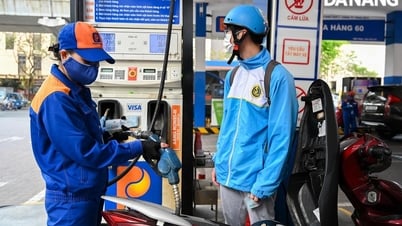

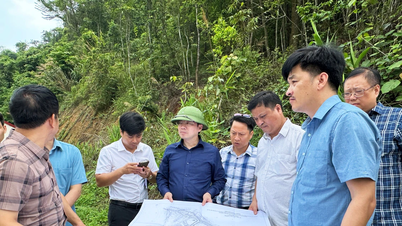





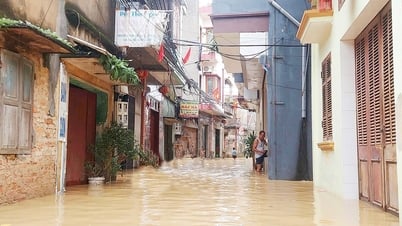






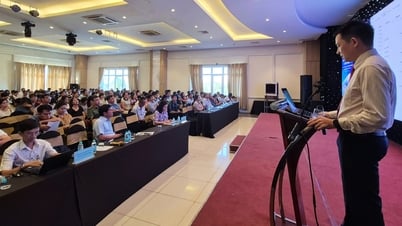

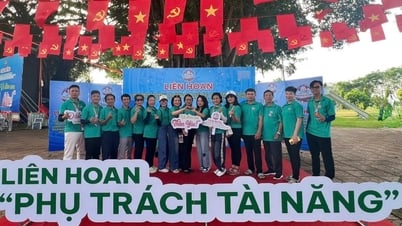
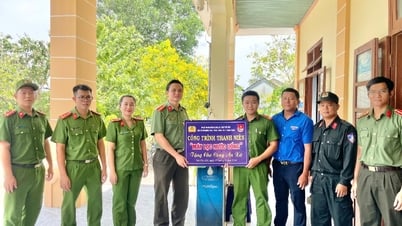
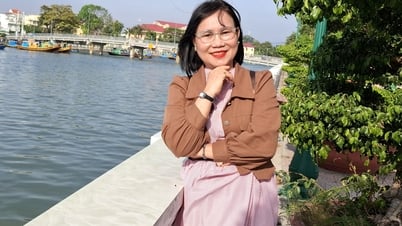
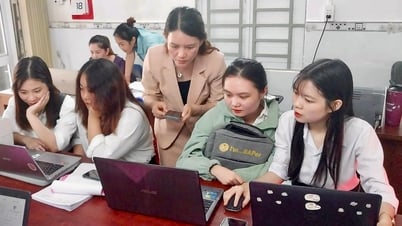







































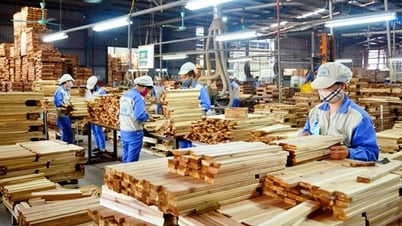
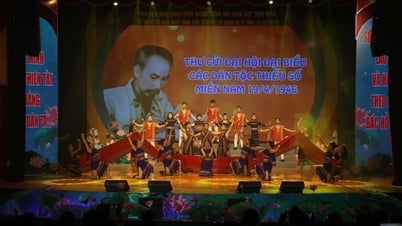

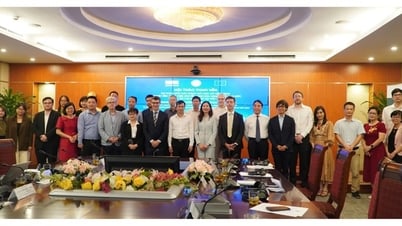

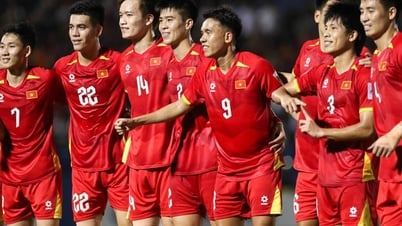
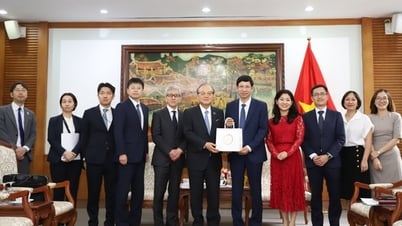
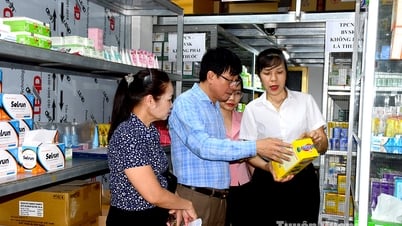

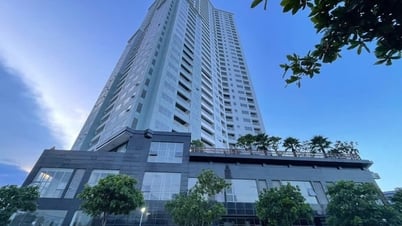


![[Podcast] Week introducing more than 500 OCOP products in Hanoi](https://vphoto.vietnam.vn/thumb/402x226/vietnam/resource/IMAGE/2025/5/22/d144aac2416744718388dbae3260e7fd)






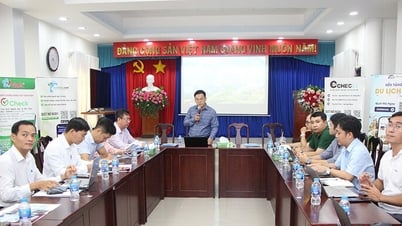

Comment (0)